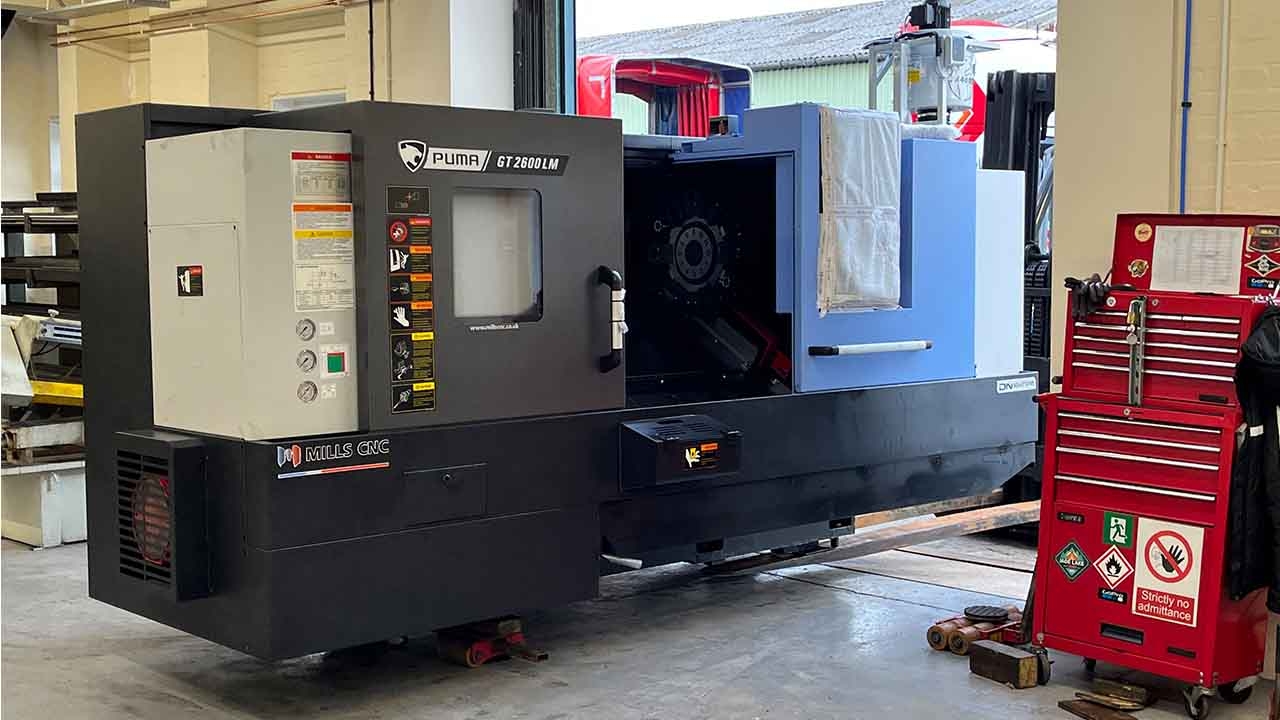Daco Solutions doubles production capacity
Converting equipment manufacturer expands to meet rising demand

UK converting equipment manufacturer Daco Solutions has expanded its factory in Beverley, East Yorkshire, doubling production capacity and adding a new CNC lathe for in-house production of rollers, drive shafts and other components. Further investment will take place shortly in a new CNC machining center.
The three-month renovation, which was completed in March, doubles its factory floor and provides extensive storage space for machined components. According to sales manager Mark Laurence, this means that orders can be turned around more quickly as the company is able to manufacture more components in advance and store ample quantities that are ready to go when an order is received. Around 90 percent of components are made in-house by the Daco team.
‘The factory expansion and the addition of the new CNC lathe allows us to build more machines to meet rising demand, and to build them more quickly and more efficiently,’ said Laurence. ‘The company also expects to recruit new staff members in the coming months.’
Brad Beynon, son of Daco's owner David Beynon, joined the company as technical director in December last year after completing a master’s degree in integrated engineering in 2019 and then working at a leading UK research facility in motion control.
Daco Solutions manufactures finishing equipment such as inspection slitter rewinders, turret rewinders, rotary die-cutters, label sheeting machinery and digital printing and converting systems. It will launch its new SRV350 inspection slitter rewinder – the highest-specification system in the company’s slitter rewinder range – at Labelexpo Europe 2023.
‘We pride ourselves in supplying equipment to suit every purpose, client and budget, from affordable entry-level machines to equipment designed to cope with high-speed, high-volume production,’ said Laurence. ‘The majority of our equipment is modular. Customers can alter and upgrade their product as their requirements change. This helps to make our solutions cost-effective.’
Stay up to date
Subscribe to the free Label News newsletter and receive the latest content every week. We'll never share your email address.

